Home>Gardening & Outdoor>Landscaping Ideas>When Does Grass Turn Green
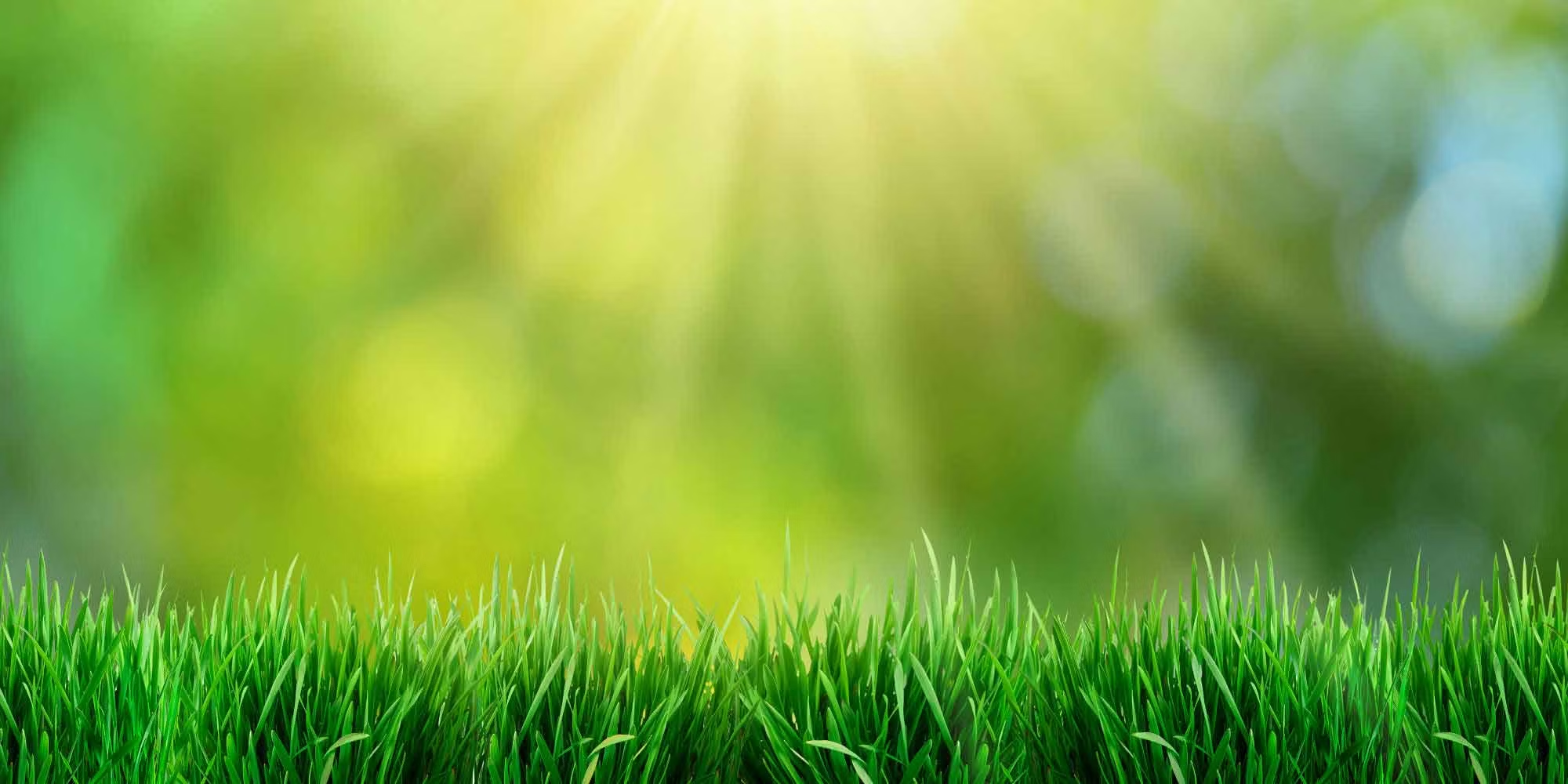

Landscaping Ideas
When Does Grass Turn Green
Published: January 28, 2024
Discover the best landscaping ideas and tips for when grass turns green. Transform your outdoor space with expert advice and inspiration.
(Many of the links in this article redirect to a specific reviewed product. Your purchase of these products through affiliate links helps to generate commission for Storables.com, at no extra cost. Learn more)
Introduction
When it comes to landscaping, the color of the grass plays a significant role in the overall aesthetic appeal of a lawn or garden. The vibrant green hue of healthy grass is a sight to behold, evoking feelings of freshness and vitality. However, have you ever wondered why grass turns green, or when exactly it takes on that lush color?
In this article, we will delve into the fascinating world of grass and explore the factors that influence its color. From seasonal changes to soil conditions and the various types of grass, we will unravel the mysteries behind the greenery that adorns our outdoor spaces. By understanding the dynamics of grass color, you can gain valuable insights into maintaining a vibrant and visually appealing lawn throughout the year.
Key Takeaways:
- Grass turns green due to factors like chlorophyll content, nutrient levels, water availability, sunlight exposure, and pest control. Understanding these factors helps maintain a vibrant and visually appealing lawn.
- Seasonal changes, soil conditions, and grass types all play a role in determining the color of grass. By understanding and addressing these factors, homeowners and landscapers can create visually captivating and harmonious outdoor spaces.
Read more: When Does Bermuda Grass Turn Green
Factors Affecting Grass Color
The color of grass is influenced by a multitude of factors, each playing a crucial role in determining its vibrancy and hue. Understanding these factors is essential for anyone looking to maintain a lush and healthy lawn. Let’s explore the key elements that affect the color of grass:
- Chlorophyll Content: The green color of grass is primarily attributed to chlorophyll, the pigment responsible for photosynthesis. Higher chlorophyll content results in a richer green color, indicating robust photosynthetic activity within the grass blades.
- Nutrient Levels: Adequate levels of essential nutrients, particularly nitrogen, contribute to the lush green color of grass. Nitrogen is a key component in chlorophyll production, promoting healthy growth and vibrant foliage.
- Water Availability: Proper hydration is crucial for maintaining the greenness of grass. Inadequate water supply can lead to wilting and browning, signaling distress and impacting the overall color of the lawn.
- Sunlight Exposure: Grass requires sufficient sunlight to thrive. Sunlight is a vital component of photosynthesis, and an optimal exposure ensures the production of chlorophyll, thereby enhancing the green pigment in the grass.
- Pest and Disease Control: Pests and diseases can compromise the health of grass, leading to discoloration and deterioration. Effective pest and disease management are essential for preserving the natural green hue of the grass.
By addressing these factors, homeowners and landscaping enthusiasts can actively influence the color and vitality of their grass, fostering an inviting outdoor environment that exudes natural beauty and charm.
Seasonal Changes
The color of grass undergoes dynamic transformations in response to seasonal variations, reflecting the cyclical nature of the environment. Understanding how seasonal changes impact grass color is pivotal for maintaining a visually appealing lawn throughout the year.
Spring: As nature awakens from the dormancy of winter, grass experiences a resurgence of growth. The arrival of spring brings forth a vibrant green hue as grass begins to actively photosynthesize, harnessing the increasing sunlight and warmth to produce chlorophyll. The rejuvenation of the landscape during spring is characterized by the emergence of lush, green grass, signaling the onset of the growing season.
Summer: The peak of summer presents ideal conditions for robust grass growth, with ample sunlight and warmth fueling the production of chlorophyll. Healthy, well-nourished lawns exhibit a deep, verdant green color during this season, exuding vitality and lushness. However, prolonged heat and drought can stress grass, leading to a faded or brownish appearance in certain regions.
Autumn: As summer transitions into autumn, the color of grass undergoes a gradual transformation. Cooler temperatures and diminishing daylight hours prompt a shift in the grass’s metabolic activity. While some varieties of grass retain their green color well into the fall, others exhibit a transition to golden or amber hues, signifying the approach of winter dormancy.
Winter: The arrival of winter heralds a period of dormancy for many grass species. Cold temperatures and reduced sunlight limit the grass’s metabolic processes, resulting in a muted or brownish appearance. While certain cool-season grasses maintain a green color in milder climates, the visual landscape often reflects the seasonal dormancy characteristic of winter.
By recognizing the distinct effects of each season on grass color, homeowners and landscapers can adapt their maintenance practices to accommodate the natural rhythms of the environment, ensuring that their lawns remain visually captivating throughout the ebb and flow of the seasons.
Grass turns green in the spring when the temperature rises and there is more sunlight. The combination of warmth and sunlight triggers the grass to start growing and producing chlorophyll, which gives it its green color.
Soil Conditions
The composition and health of the soil play a pivotal role in shaping the color and vitality of grass. Soil conditions directly impact the availability of essential nutrients, water retention, and overall root development, all of which contribute to the grass’s color and vigor. Here are the key soil-related factors influencing grass color:
- pH Levels: The pH level of the soil profoundly influences nutrient availability. Grasses thrive in slightly acidic to neutral soils, typically with a pH range of 6.0 to 7.0. Imbalanced pH levels can impede nutrient uptake, leading to stunted growth and diminished greenness in the grass.
- Nutrient Content: The presence of vital nutrients, including nitrogen, phosphorus, and potassium, is essential for sustaining the green color of grass. Nitrogen, in particular, is integral to chlorophyll production, while phosphorus supports root development and overall vigor. Adequate nutrient levels foster healthy, vibrant grass.
- Drainage: Proper soil drainage is critical for preventing waterlogging, which can suffocate the roots and lead to discoloration and decline in grass health. Well-draining soils promote optimal root function and nutrient absorption, contributing to the lush green appearance of the grass.
- Organic Matter: The presence of organic matter in the soil enhances its structure and nutrient-holding capacity. Organic matter fosters a conducive environment for root growth and microbial activity, bolstering the grass’s resilience and color.
- Compaction: Compacted soil restricts root penetration and inhibits the circulation of air and water, impeding the grass’s access to vital resources. Aerating compacted soil can alleviate these constraints, revitalizing the grass and promoting a healthier green hue.
By assessing and optimizing soil conditions, homeowners and landscapers can proactively nurture the health and color of their grass, fostering an environment where lush greenery flourishes and enhances the visual allure of outdoor spaces.
Types of Grass
The diverse array of grass species encompasses a spectrum of colors, textures, and growth characteristics, offering homeowners and landscapers a rich tapestry of options for creating visually captivating lawns. Understanding the distinct attributes of various grass types is instrumental in selecting the most suitable variety to achieve the desired aesthetic appeal. Here are some common types of grass and their impact on the color of lawns:
- Bermuda Grass: Known for its fine texture and exceptional heat tolerance, Bermuda grass exhibits a vibrant green color during the growing season, contributing to its popularity in warm climates. Its resilience and rapid growth make it a favored choice for lawns and athletic fields.
- Fescue Grass: Fescue grass varieties, including tall fescue and fine fescue, are renowned for their adaptability to diverse climates and soil conditions. These grasses often maintain their green color throughout the year, providing an enduring lushness that enhances the visual appeal of lawns.
- Zoysia Grass: Zoysia grass boasts a dense, carpet-like growth and a striking emerald green color, particularly in the warmer months. Its ability to withstand heavy foot traffic and its low maintenance requirements make it a sought-after choice for residential and commercial landscapes.
- Kentucky Bluegrass: Renowned for its rich, deep green color and fine texture, Kentucky bluegrass is a popular cool-season grass that thrives in temperate climates. Its lush appearance and resilience make it a quintessential component of lawns and parks across various regions.
- Centipede Grass: Recognized for its low-maintenance nature and distinctive light green color, centipede grass flourishes in acidic soils and exhibits exceptional heat tolerance. Its subdued yet inviting hue adds a touch of natural elegance to landscapes.
Each type of grass possesses unique characteristics that influence its color, growth patterns, and adaptability to environmental conditions. By selecting the most suitable grass variety and implementing tailored maintenance practices, homeowners and landscapers can cultivate vibrant, visually captivating lawns that harmonize with their surroundings and elevate the allure of outdoor spaces.
Read more: When Will My Zoysia Grass Turn Green
Conclusion
The color of grass serves as a captivating canvas that reflects the intricate interplay of biological, environmental, and horticultural factors. From the lush greenery of spring to the golden hues of autumn, the seasonal transitions of grass color mirror the rhythmic pulse of nature, infusing outdoor landscapes with ever-changing beauty.
Understanding the multifaceted influences on grass color empowers homeowners and landscaping enthusiasts to nurture and maintain vibrant, visually arresting lawns. By attending to crucial factors such as chlorophyll content, nutrient levels, soil conditions, and the selection of suitable grass varieties, individuals can orchestrate a symphony of greenery that harmonizes with the natural surroundings.
As the sun-kissed blades of grass sway in the breeze, their verdant allure not only enhances the aesthetic appeal of outdoor spaces but also evokes a sense of tranquility and vitality. The artful cultivation of green landscapes, resplendent with diverse grass types and hues, enriches the tapestry of nature and offers a welcoming retreat for leisure and relaxation.
Ultimately, the color of grass transcends mere visual aesthetics, serving as a testament to the interconnectedness of life and the enduring resilience of the natural world. Through mindful stewardship and a deep appreciation for the nuances of grass color, individuals can cultivate outdoor sanctuaries that inspire and rejuvenate, embodying the timeless allure of nature’s vibrant palette.
Frequently Asked Questions about When Does Grass Turn Green
Was this page helpful?
At Storables.com, we guarantee accurate and reliable information. Our content, validated by Expert Board Contributors, is crafted following stringent Editorial Policies. We're committed to providing you with well-researched, expert-backed insights for all your informational needs.
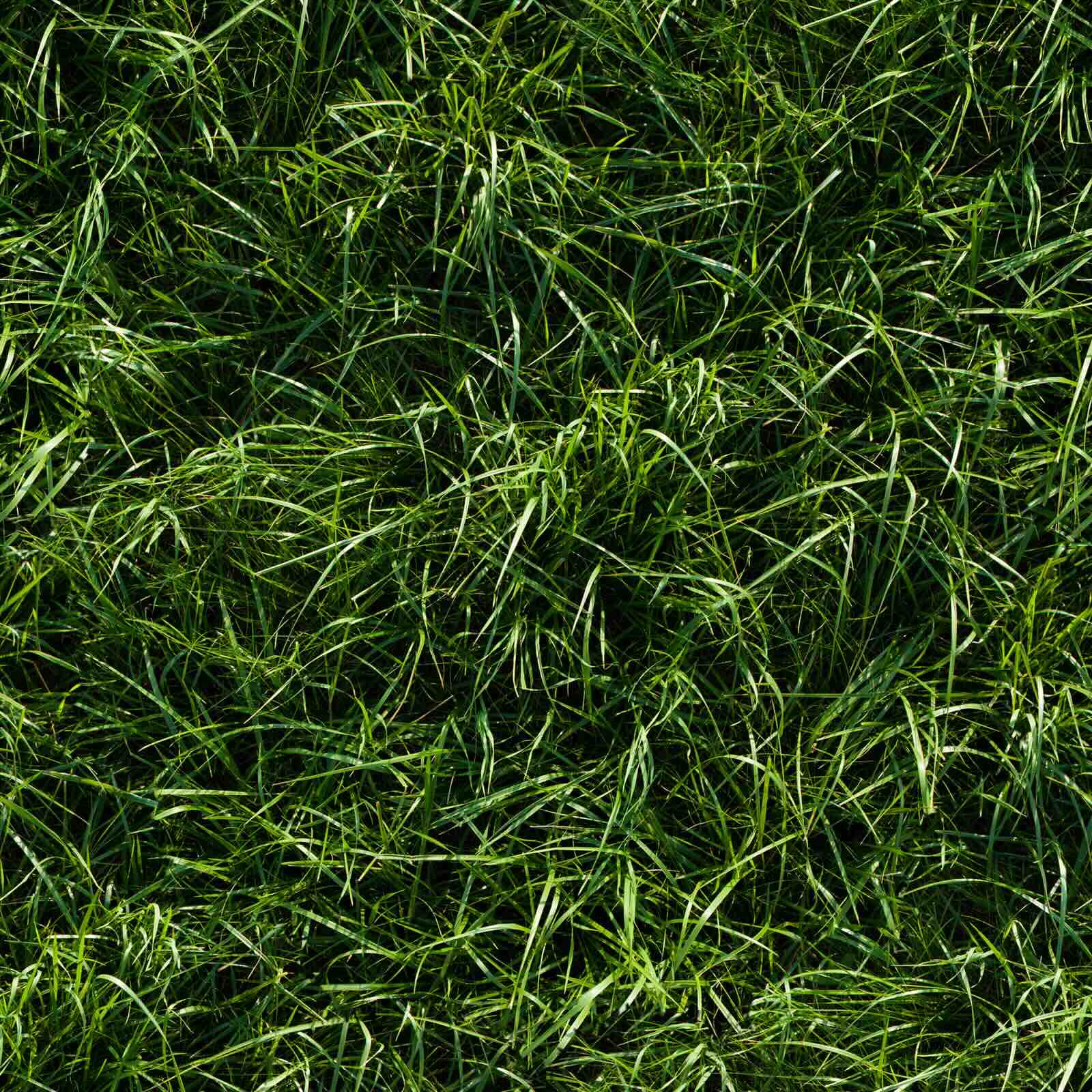

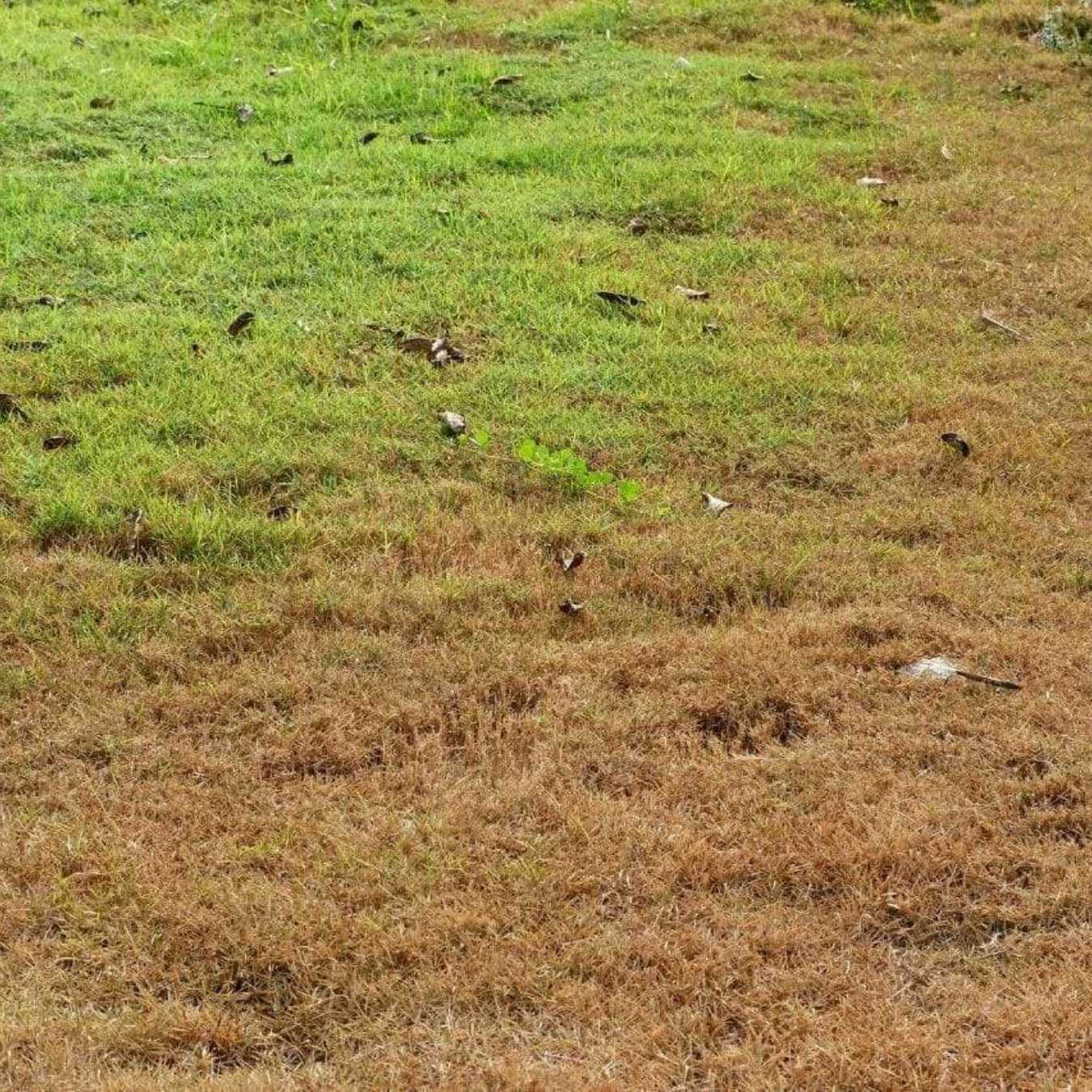
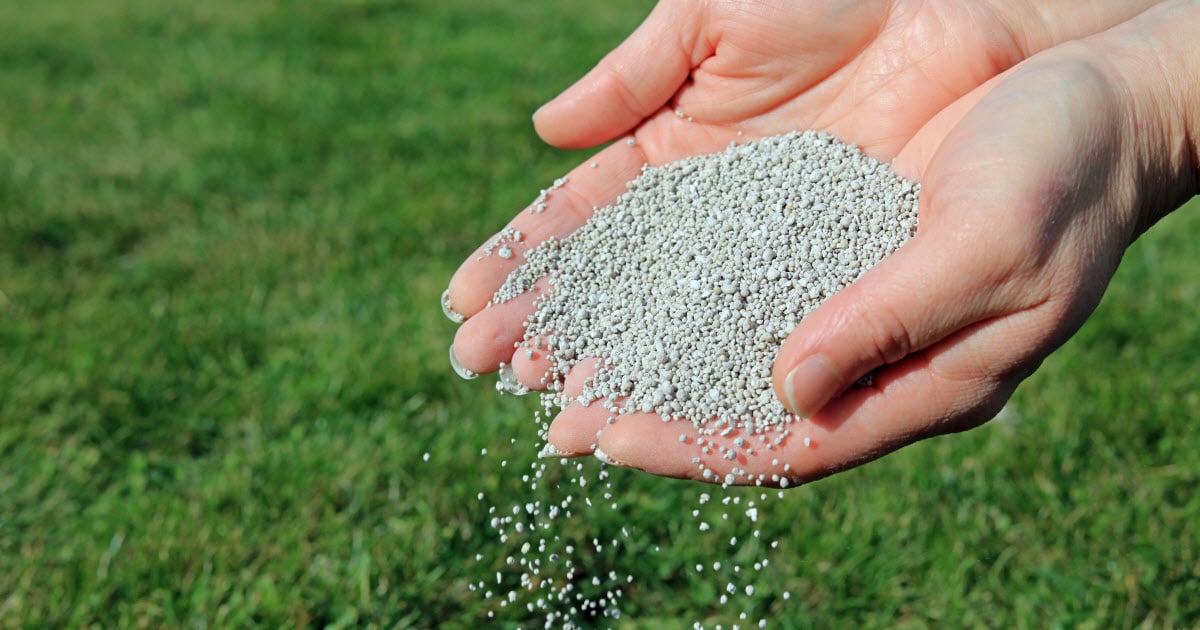
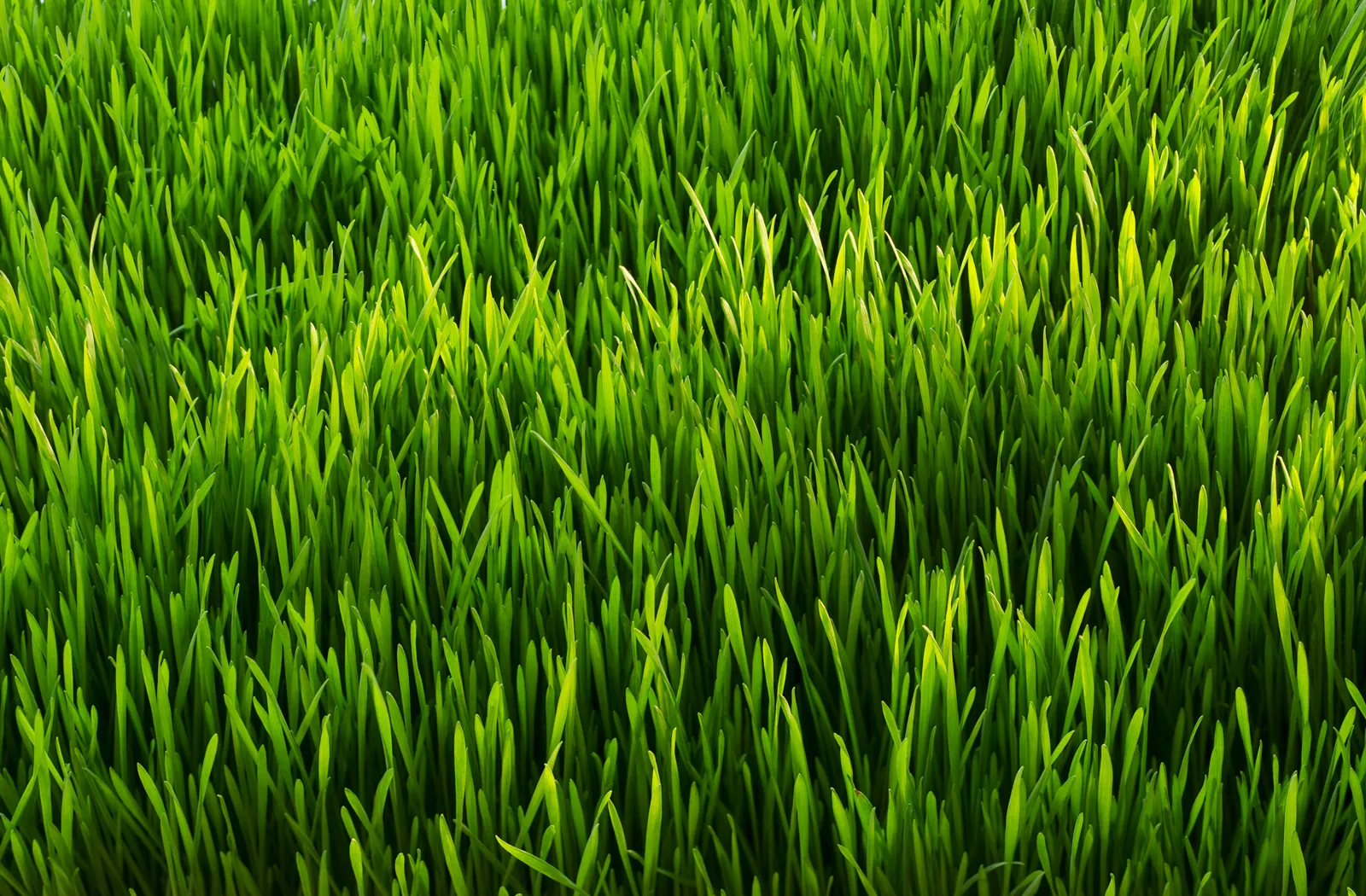

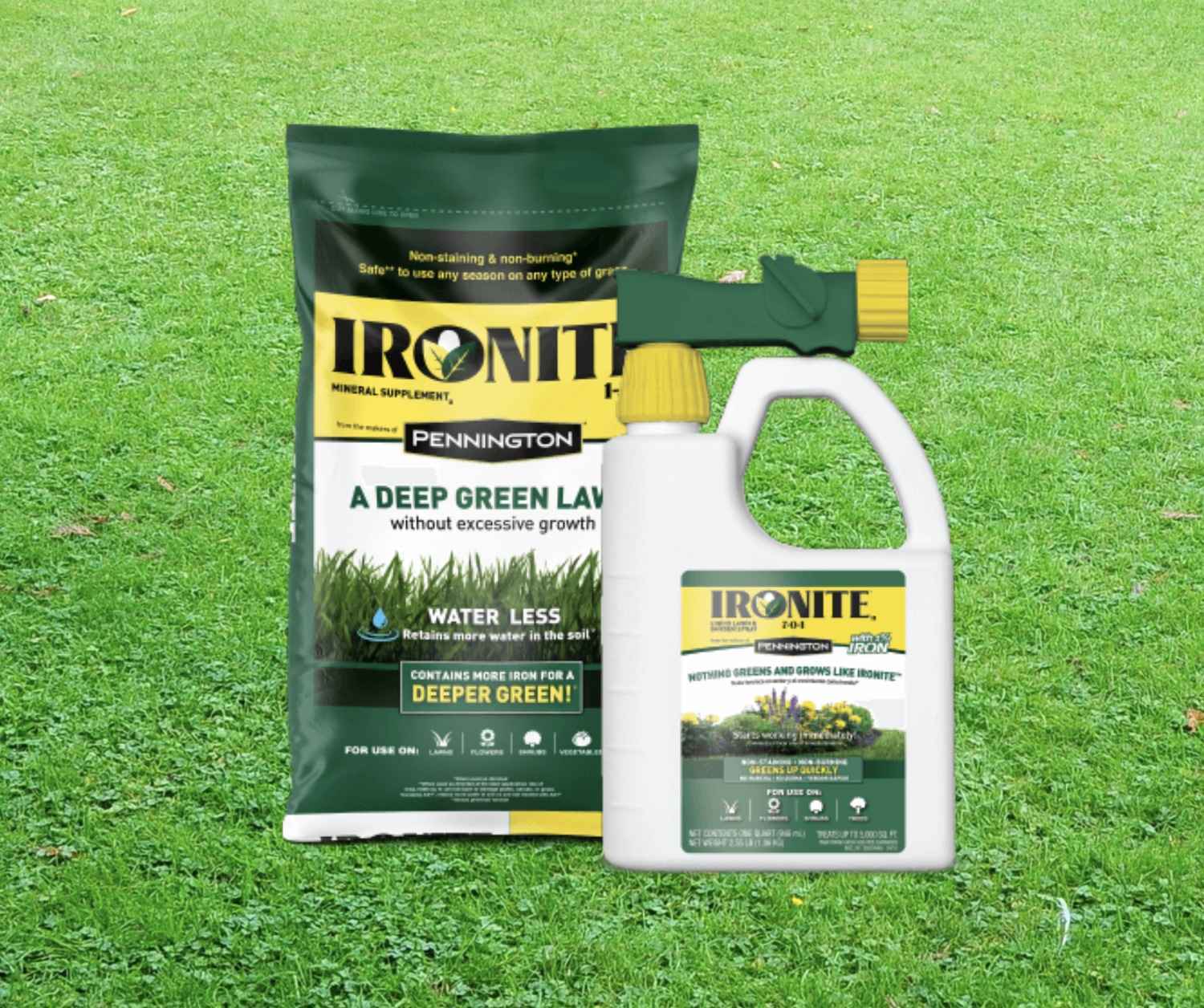
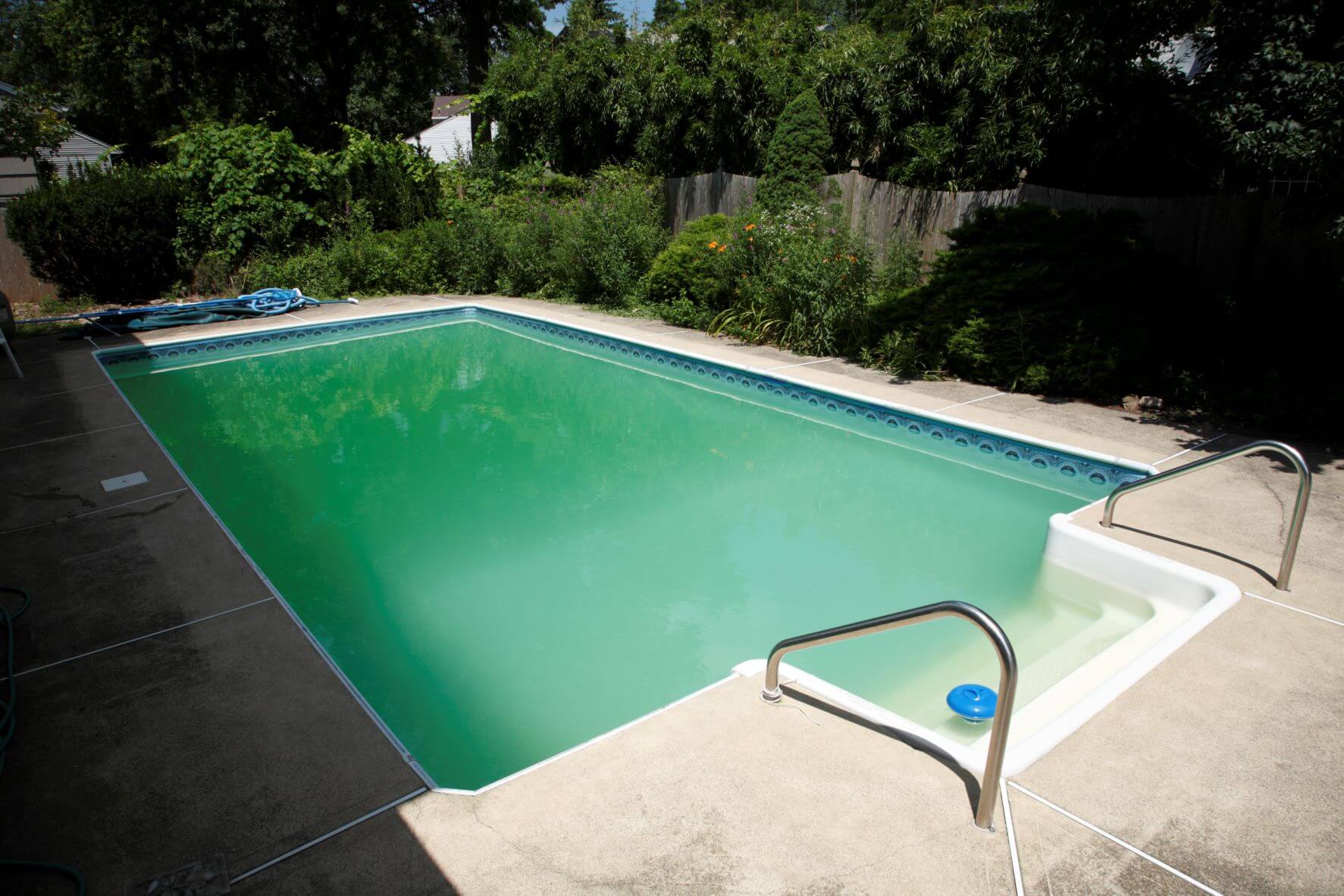
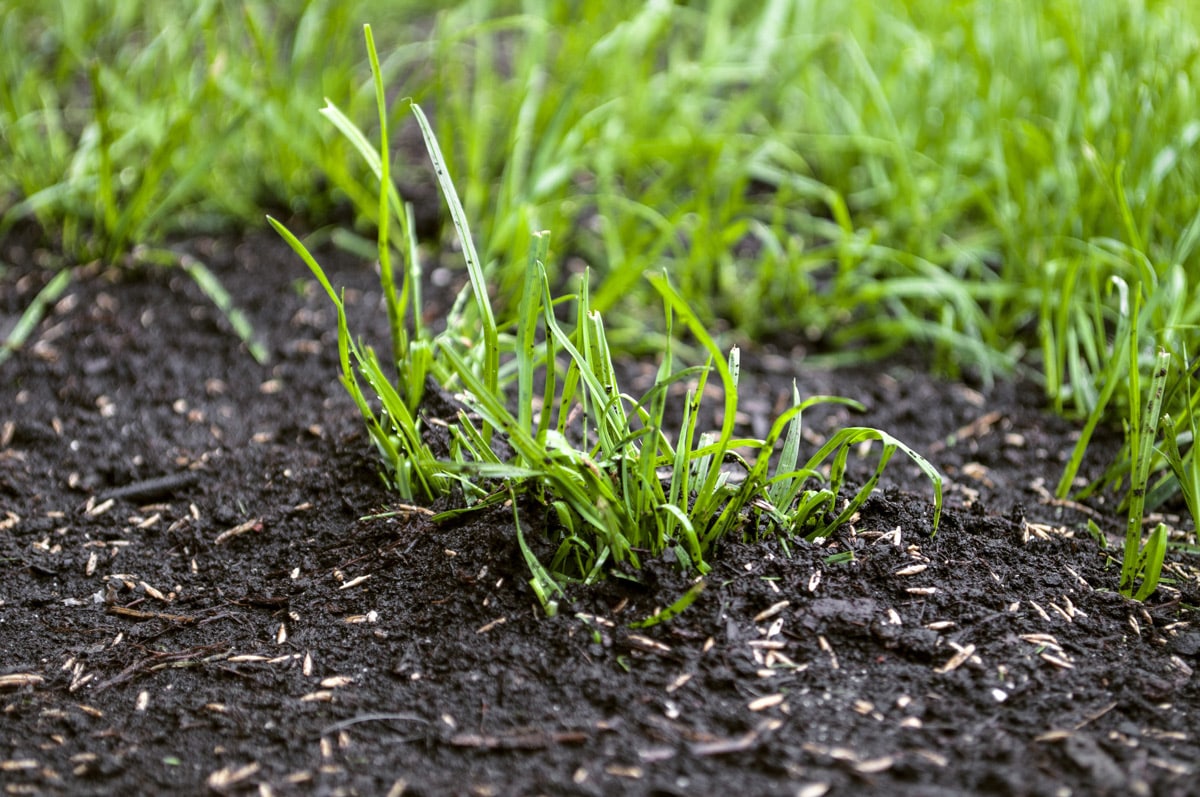
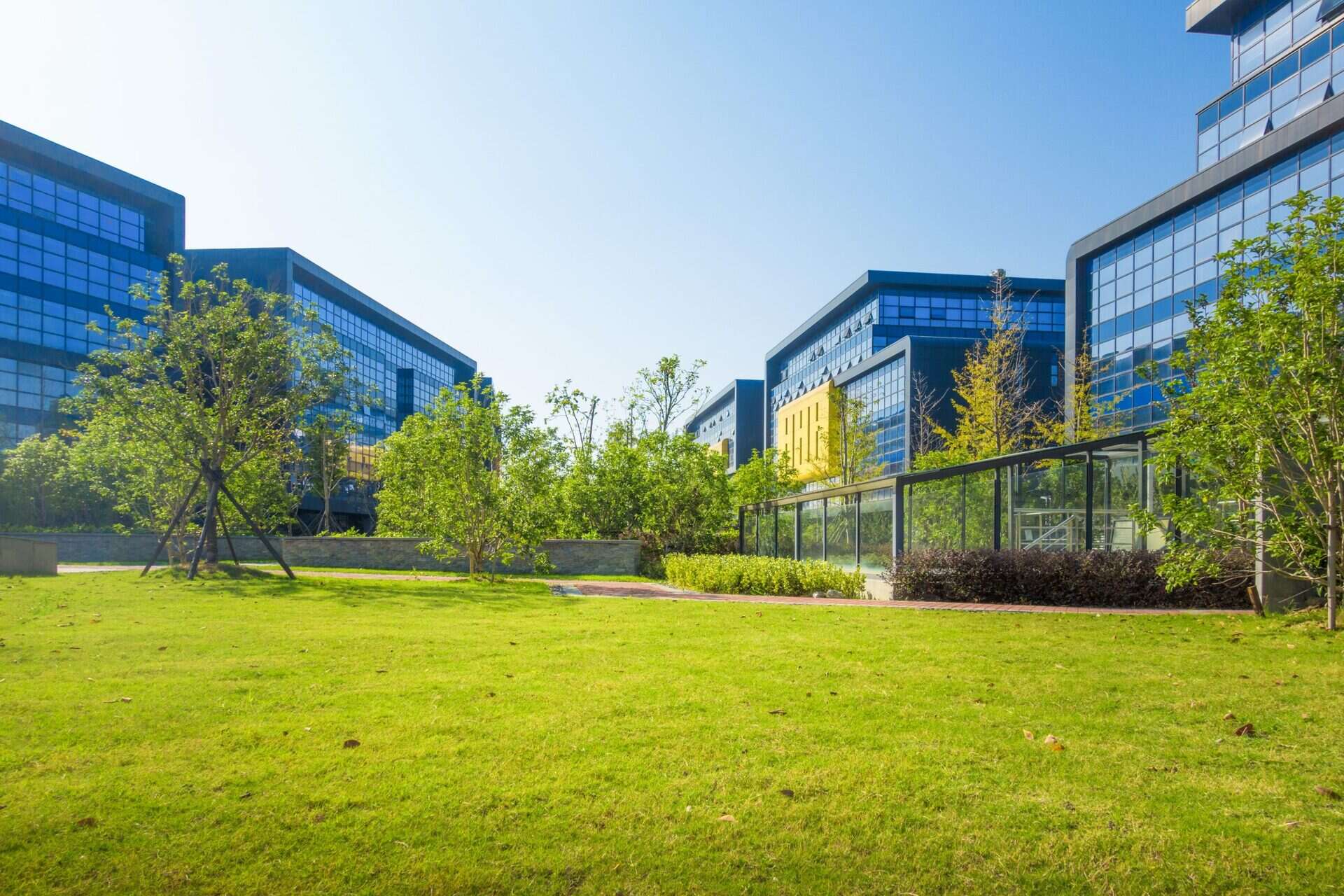
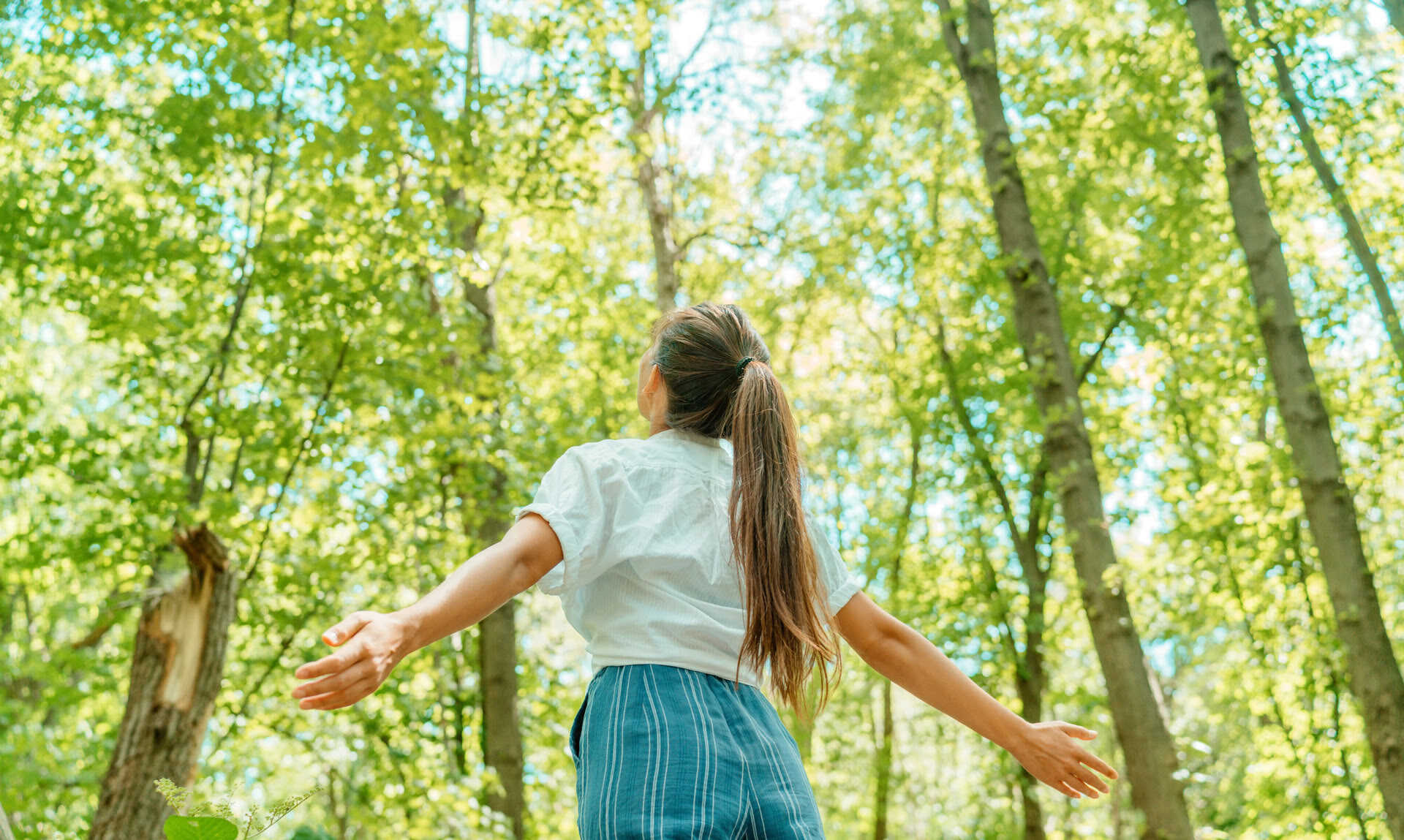
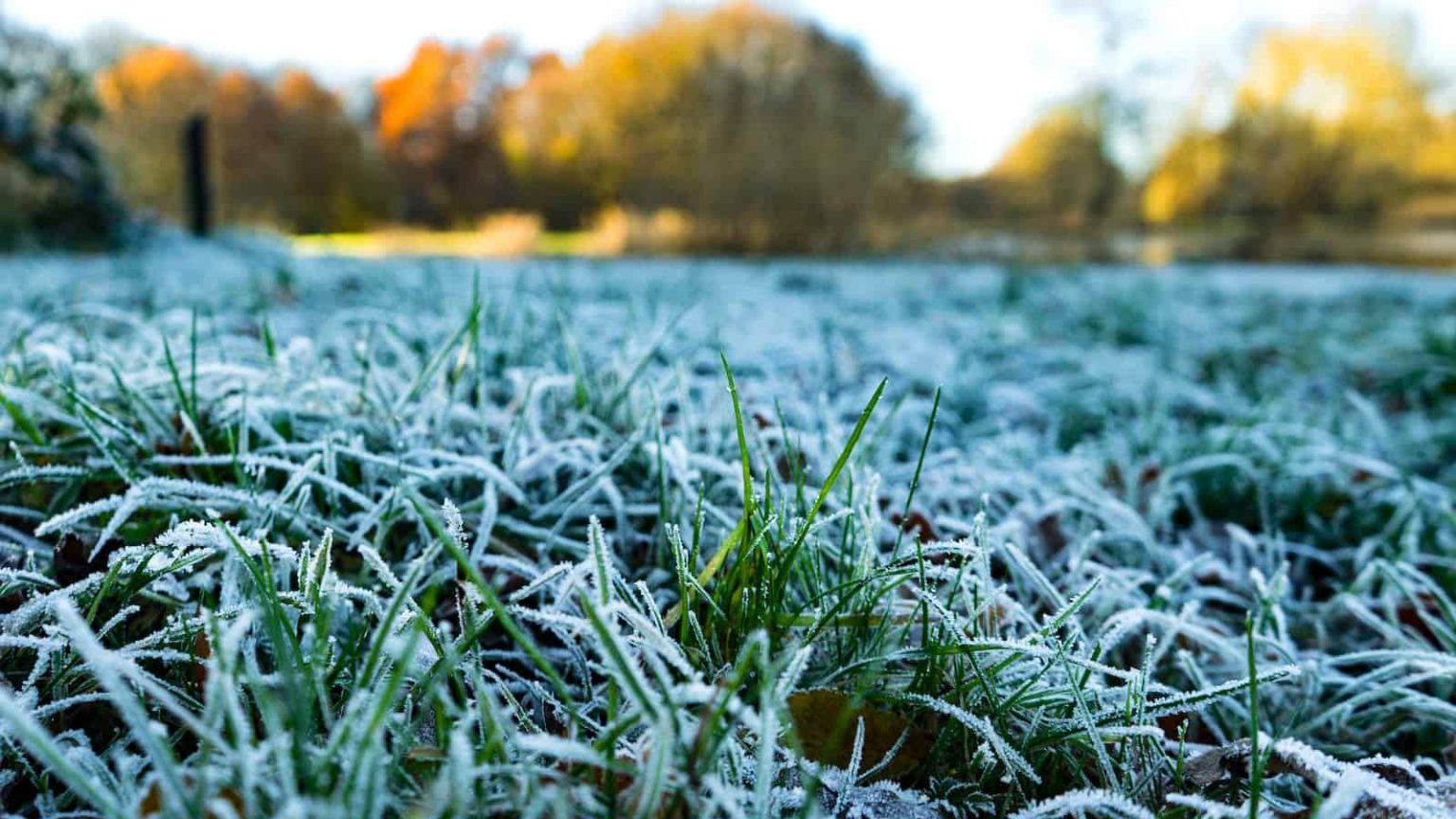
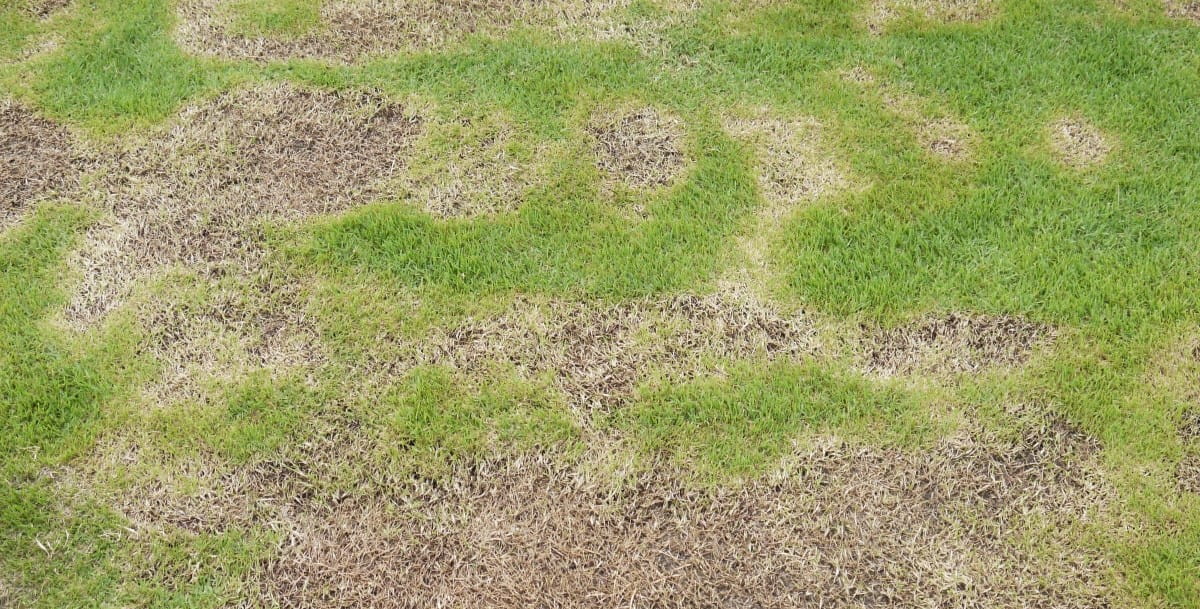
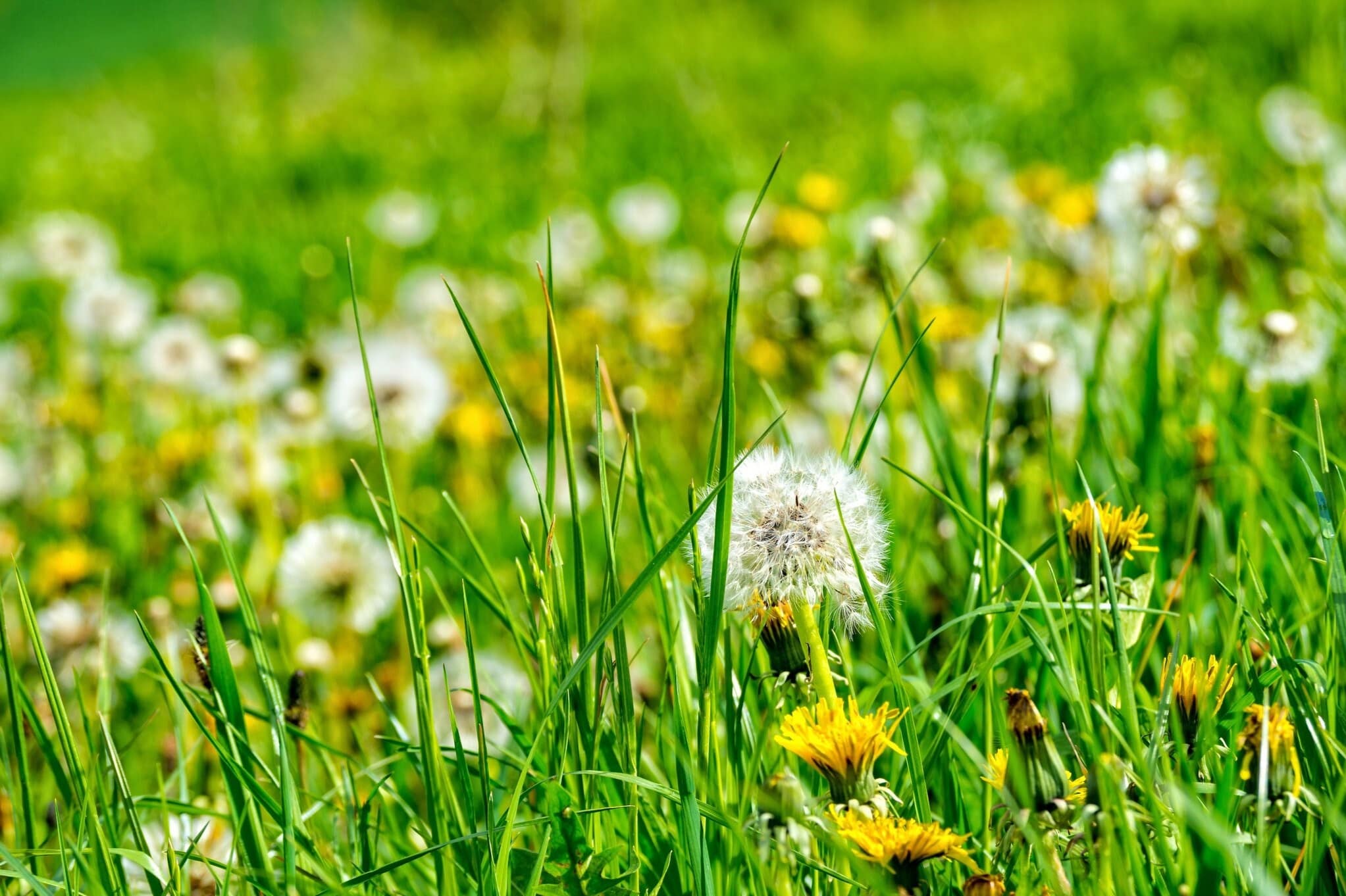

0 thoughts on “When Does Grass Turn Green”